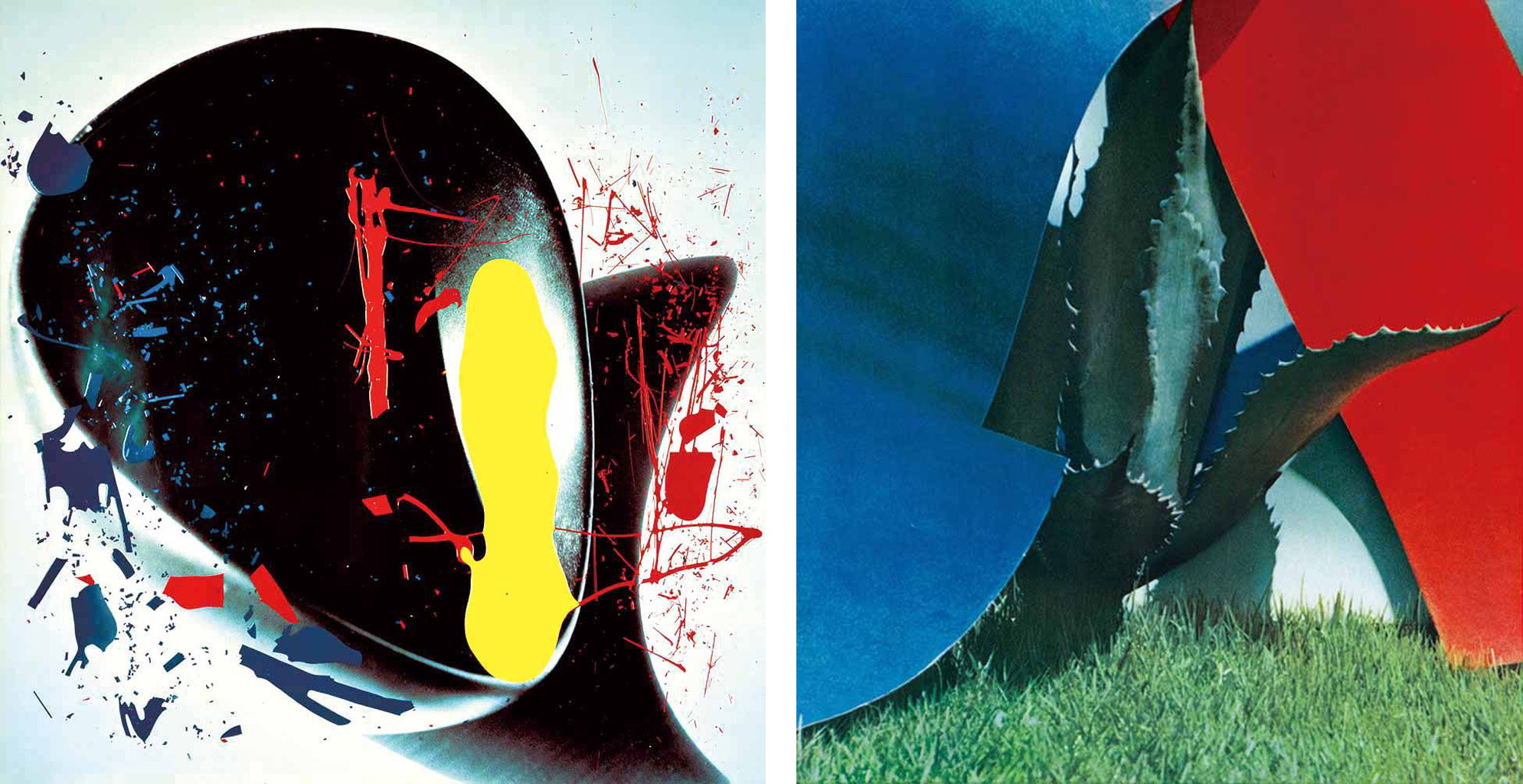Most of Eiko Yamazawa's formative and mid-period photography career is vivified by her biography. It was during the early postwar period, when she went to America for a second time to study, that her interest in "making" photographs rather than "taking" them was revived. She shut down her successful commercial photography practice in Osaka and at 61, returned to her "art" vocation. The Otani Memorial Art Museum's "Eiko Yamazawa: What I Am Doing" accordingly focuses on Yamazawa's golden years, though its 140 works address the entire oeuvre of one of Japan's first female photographers.
Yamazawa (1899-1995) developed an interest in photography during her teens, though she pursued formal nihonga (Japanese-style painting) training and entered Japan's first art school for women, now the Joshibi University of Art and Design in Tokyo. Returning to Osaka after graduation, she frequented the Young Women's Christian Association, which promoted women's wide-ranging societal integration, studied English and learned about Western painting.
In 1926, a time when women in Japan still could not vote, Yamazawa left for the United States, where she experienced modernist optimism and social progressivism. She studied oil painting at the California School of Fine Arts, and met Consuelo Kanaga (1894-1978), an artist who had transitioned from photojournalism to artistic photography aided by the eminent American photographer, Alfred Steiglitz (1864-1946). Yamazawa became Kanaga's assistant, and while learning the photography trade, she looked to Kanaga as a role model. Back in Japan from 1929, Yamazawa set up a commercial photography studio in Osaka in 1931, taking portraits of Osaka's wealthy and cultural elites. Self-employed and charging the same prices as her male peers, she became a minor representative of the societal phenomenon of the modern working woman. During World War II, she studied the techniques of stage photography, putting them to use in her portraits of the actress Yasue Yamamoto, with whom she had evacuated to Shinshu (present-day Nagano Prefecture). Some of these, including "Yasue Yamamoto The Soil" (1943), are on display at the exhibition.



















With your current subscription plan you can comment on stories. However, before writing your first comment, please create a display name in the Profile section of your subscriber account page.